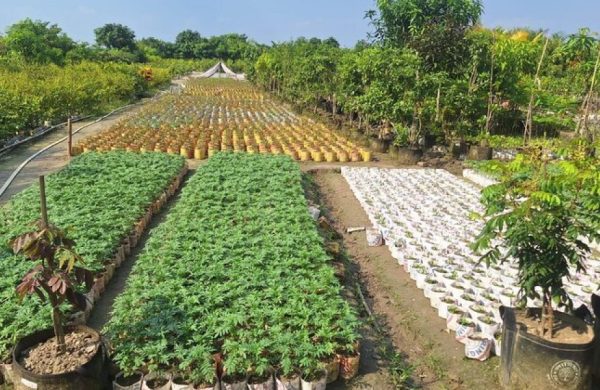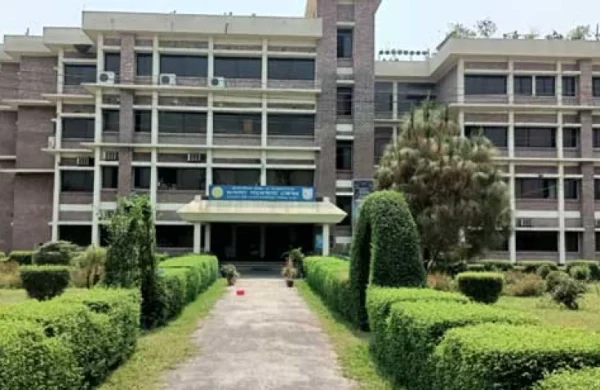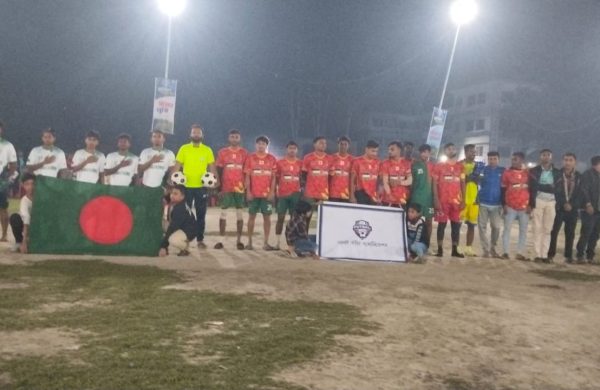Rajshahi killing sparks debate on justice and journalism
- Update Time : Saturday, November 15, 2025

Staff Correspondent:
The killing of ninth-grade student Tawshif Rahman Sumon inside the Rajshahi home of Metropolitan and Sessions Judge Abdur Rahman has triggered widespread concern in Bangladesh – not only about the crime itself, but about the behaviour of both the police and sections of the media in the hours that followed.
What began as a violent break-in quickly turned into a public spectacle. After arresting the suspected attacker, Limon Mia, police brought him before cameras and allowed him to deliver a detailed account of events while in custody.
In most countries, suspects under investigation are not presented to the media, and certainly not encouraged to offer unverified claims before appearing in court. Legal experts say doing so risks undermining investigations and violating basic rights.
Legal and constitutional safeguards in Bangladesh strictly prohibit exposing an accused person to the media while in custody. The 2012 High Court directive declared the practice illegal, affirming that it violates the right against self-incrimination under Article 35(4) and protections against cruel or degrading treatment under Article 35(5).
Police confessions are inadmissible unless made voluntarily before a magistrate, and Section 163 bars any inducement or coercion. Broadcasting an accused person’s statement therefore breaches due process and undermines the integrity of the investigation.
The content of the suspect’s remarks has caused even deeper unease. While Judge Rahman’s wife – who was injured during the attack – remained in hospital and the family dealt with the death of their teenage son, the accused offered an unsubstantiated story implying an extramarital relationship.
Several media outlets aired the claims without context or scrutiny, prompting criticism from journalists and rights advocates who say the reporting inflicted fresh harm on a grieving family.
The case has highlighted broader concerns about how high-profile crimes are sometimes handled in Bangladesh. Although it is common for suspects to offer self-serving explanations, media analysts say publishing such claims without verification blurs the line between reporting and sensationalism.
In this instance, the suspect acknowledged breaking into the judge’s home but insisted he acted in “self-defence” and claimed he did not know whether the child had died — even as he described the attack in detail.
Critics say the selective clarity of his account should have raised questions in newsrooms, particularly as some outlets framed the killing as a possible “affair-related dispute” even before investigators had established a motive.
Commentators argue that this type of coverage risks shaping public opinion prematurely and contributes to victim-blaming — an issue regularly raised in debates about media responsibility in Bangladesh.
Press-freedom advocates have also urged the police to explain why the suspect was given access to the media. They warn that allowing a detainee to speak in this way can compromise the fairness of future legal proceedings, influence public perception, and retraumatise victims.
The Rajshahi case has now become part of a wider discussion about the responsibilities of law-enforcement agencies and the need for stronger ethical standards in Bangladeshi journalism. Rights groups say the episode demonstrates how quickly misinformation can spread when official protocols break down and editorial safeguards fail.
As the investigation continues, the focus has shifted beyond the motives behind the killing to a deeper question: how institutions respond in moments of crisis, and whether the systems designed to protect both justice and dignity are being upheld.












